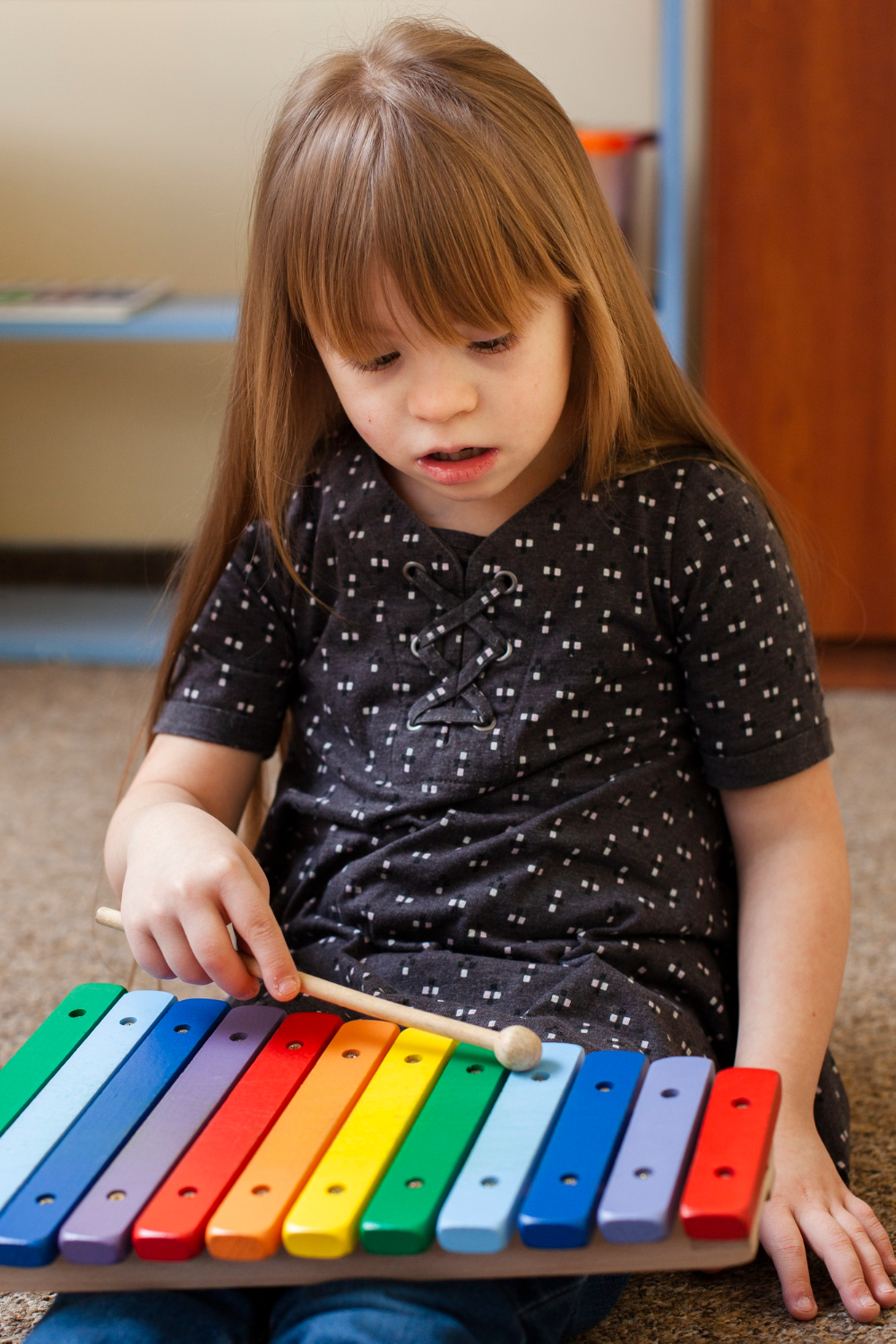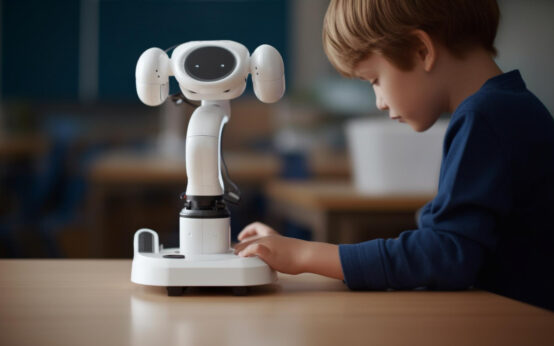What Is Autism?
Autism, or autism spectrum disorder (ASD), is a complex neurodevelopmental condition that manifests in a variety of ways. It is characterized by difficulties in social interaction, communication, and behavior. Individuals with autism may have difficulty understanding social cues, making eye contact, or engaging in reciprocal conversation. They may also exhibit repetitive behaviors, such as hand-flapping or rocking, and may have difficulty with verbal and nonverbal communication. The term “spectrum” is employed due to the considerable variation in the type and severity of symptoms experienced by individuals. Typically identified in early childhood, autism persists throughout a person’s lifetime. While its exact cause remains unknown, it is widely believed to result from a complex interplay of genetic and environmental factors.
What Are AAC Communication Devices?
Augmentative and alternative communication (AAC) devices are technological tools designed to assist individuals facing communication difficulties in expressing themselves. These devices manifest in various forms, such as communication boards with pictures or symbols, speech-generating devices, or text-to-speech applications on electronic devices.
Advantages Of AAC Devices For Individuals With Autism
Communication poses a significant challenge for individuals with autism, as they may struggle with comprehending and utilizing spoken language, impeding their ability to express needs, wants, and thoughts. This difficulty can result in frustration, anxiety, and social isolation. AAC devices play a pivotal role in improving communication skills among individuals with autism, providing them with an effective means of expression. Consequently, this enhances independence, fosters social interactions, and improves overall quality of life.

In the symphony of expression, Augmentative and Alternative Communication (AAC) devices serve as personalized instruments, empowering individuals with autism to compose their unique melody of communication, bridging the gap between silence and understanding.
Haley Moss
The Importance Of ACC For Individuals With Autism
Communication serves as a fundamental aspect of human interaction, profoundly impacting overall development and well-being. For individuals with autism facing challenges in social communication, AAC devices prove extremely beneficial in enhancing their ability to express themselves and participate in daily activities.
How AAC Facilitates Communication
AAC devices offer a means for individuals with autism to communicate thoughts, needs, and wants effectively. Serving as an alternative or augmentative mode of communication, these devices support social interaction, enabling individuals with autism to engage in conversations, express emotions, and build relationships.

Varieties Of Alternative Communication (AAC) Devices
Diverse AAC devices cater to individual needs and abilities. Common examples include:
- Picture or symbol-based communication boards: Physical or electronic boards with pictures or symbols that individuals can point to in order to communicate.
- Speech-generating devices: Electronic devices producing speech based on user selections.
- Text-to-speech applications: Software programs on electronic devices converting written text into spoken words.
Augmentative And Alternative Communication For Children With Autism
Early intervention is paramount for children with autism to develop communication skills. Introducing AAC devices at a young age supports language development, aids communication, and facilitates social interaction. These devices assist children in learning new words and phrases, expressing themselves effectively, and engaging meaningfully with others.
Will AAC Devices Hinder A Child With Autism From Speaking?
No, AAC devices do not impede speech development; in fact, research indicates that they can enhance speech and language development in children with autism. These devices provide a visual representation of language, aiding individuals with autism in understanding and using spoken words.

Considerations When Choosing AAC Devices
Selecting an AAC device for an individual with autism requires considering specific communication needs, abilities, and preferences. Factors such as motor skills, cognitive abilities, language level, and preferred mode of communication are essential considerations.
Working With Augmentative And Alternative Communication Devices
Professionals like speech-language pathologists, occupational therapists, and special education teachers play a crucial role in providing training and support for working with AAC devices. They assist individuals with autism and their families in learning how to use the device, communicate effectively, and integrate it into daily routines.
Conclusion
In conclusion, alternative communication (AAC) devices for individuals with autism are instrumental in enhancing communication. They provide an alternative or augmentative communication mode that significantly improves social interaction, self-expression, and overall quality of life. With proper support and training, these devices help individuals with autism overcome communication barriers and achieve their full potential. Recognizing the importance of AAC devices in enhancing communication is crucial, ensuring that individuals with autism have access to these valuable tools. Embracing AAC devices empowers individuals with autism, giving them a voice and the ability to connect with others on their own terms, thereby contributing to a more inclusive and accessible world. Advocating for the use of AAC devices remains pivotal in promoting effective communication for all individuals with autism.
Source
- American Psychiatric Association. (2013). Diagnostic and statistical manual of mental disorders (5th ed.). Arlington, VA: American Psychiatric Publishing.
- Beukelman, D. R., & Mirenda, P. (2013). Augmentative and Alternative Communication: Supporting Children and Adults with Complex Communication Needs (4th ed.). Baltimore, MD: Paul H. Brookes Publishing.
- Light, J. C., & McNaughton, D. (2014). Communicative competence for individuals who require augmentative and alternative communication: A new definition for a new era of communication? Augmentative and Alternative Communication, 30(1), 1–18.
- Romski, M., & Sevcik, R. A. (2015). Augmentative communication and early intervention: Myths and realities. Infants & Young Children, 28(1), 19–35.
- Thistle, J. J., & Wilkinson, K. M. (2019). AAC intervention for children with autism: A meta-analysis of single-subject experimental design research. American Journal of Speech-Language Pathology, 28(3), 1253–1269.







